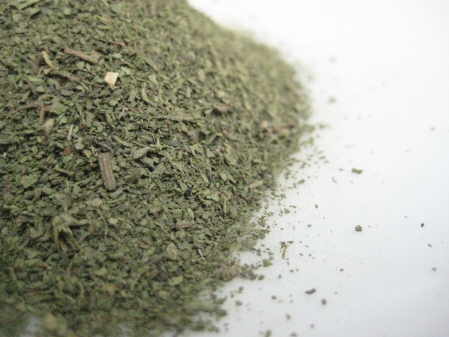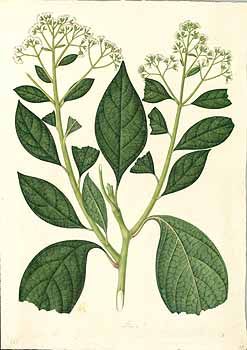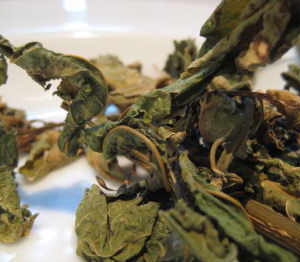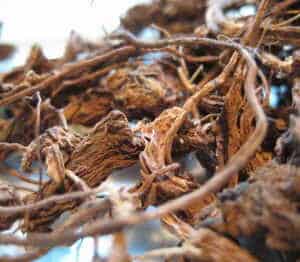Stevia Leaf (Powder) – Stevia rebaudiana
£9.50
Stevia Leaf Powder
Stevia rebaudiana
It is also known as Honey Leaf Plant, Sweet Chrysanthemum, Sweetleaf Stevia, & Sugarleaf.
100 grams
Stevia Leaf (Stevia rebaudiana) is widely grown for its sweet leaves. As a sweetener and sugar substitute, stevia’s taste has a slower onset and longer duration than that of sugar, although some of its extracts may have a bitter or liquorice-like aftertaste at high concentrations.
It is also known as Honey Leaf Plant, Sweet Chrysanthemum, Sweetleaf Stevia, & Sugarleaf.
With its extracts having up to 300 times the sweetness of sugar, Stevia has garnered attention with the rise in demand for low-carbohydrate, low-sugar food alternatives. Medical research has also shown possible benefits of the herb in treating obesity and high blood pressure. Because it has a negligible effect on blood glucose, it is attractive as a natural sweetener to people on carbohydrate-controlled diets.
Stevia is a genus of about 240 species of herbs and shrubs in the sunflower family (Asteraceae), native to subtropical and tropical regions from western North America to South America but now grown all over the world where the conditions are suitable..
The availability of Stevia Leaf varies from country to country. In a few countries, it has been available as a sweetener for decades or centuries; for example, stevia is widely used as a sweetener in Japan where it has been available for decades. In some countries, stevia is restricted or banned. In other countries, health concerns and political controversies have limited its availability; for example, the United States banned stevia in the early 1990s unless labeled as a supplement, but in 2008 approved rebaudioside-A extract as a food additive. Over the years, the number of countries in which stevia is available as a sweetener has been increasing.
History of Stevia Leaf:-
For centuries, the Guaraní tribes of Paraguay, Bolivia and Brazil used stevia, which they called ka’a he’ê (sweet herb), as a sweetener in yerba mate and medicinal teas for treating heartburn and other ailments. More recent medical research has shown promise in treating obesity and hypertension.
This species was once banned outright throughout the European Union except for France and virtually everywhere else except as a supplement or additive – The situation has changed a little now that the sugar industry is no longer as threatened by the use of the plant (They have adopted it in a number of newly released sweetening products) but not quickly enough in the editor’s view – It is and has always been quite legal, however, to grow it as a garden plant or pot plant in most places!
| Country of Origin | Brazil |
|---|---|
| Batch Code | BB22589746A |
| Harvest | Summer 2023 |
| Best Before | Jun 26 |





